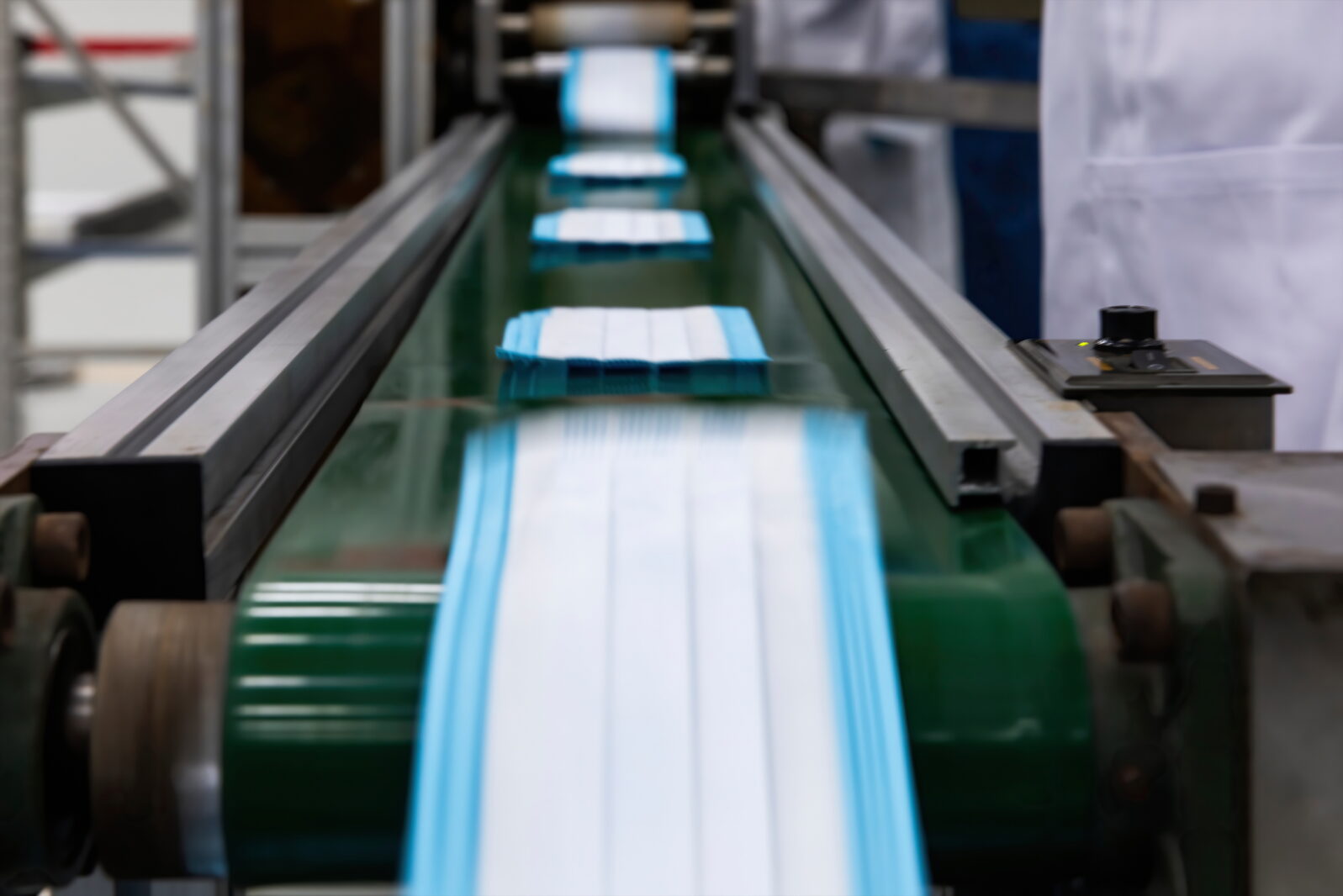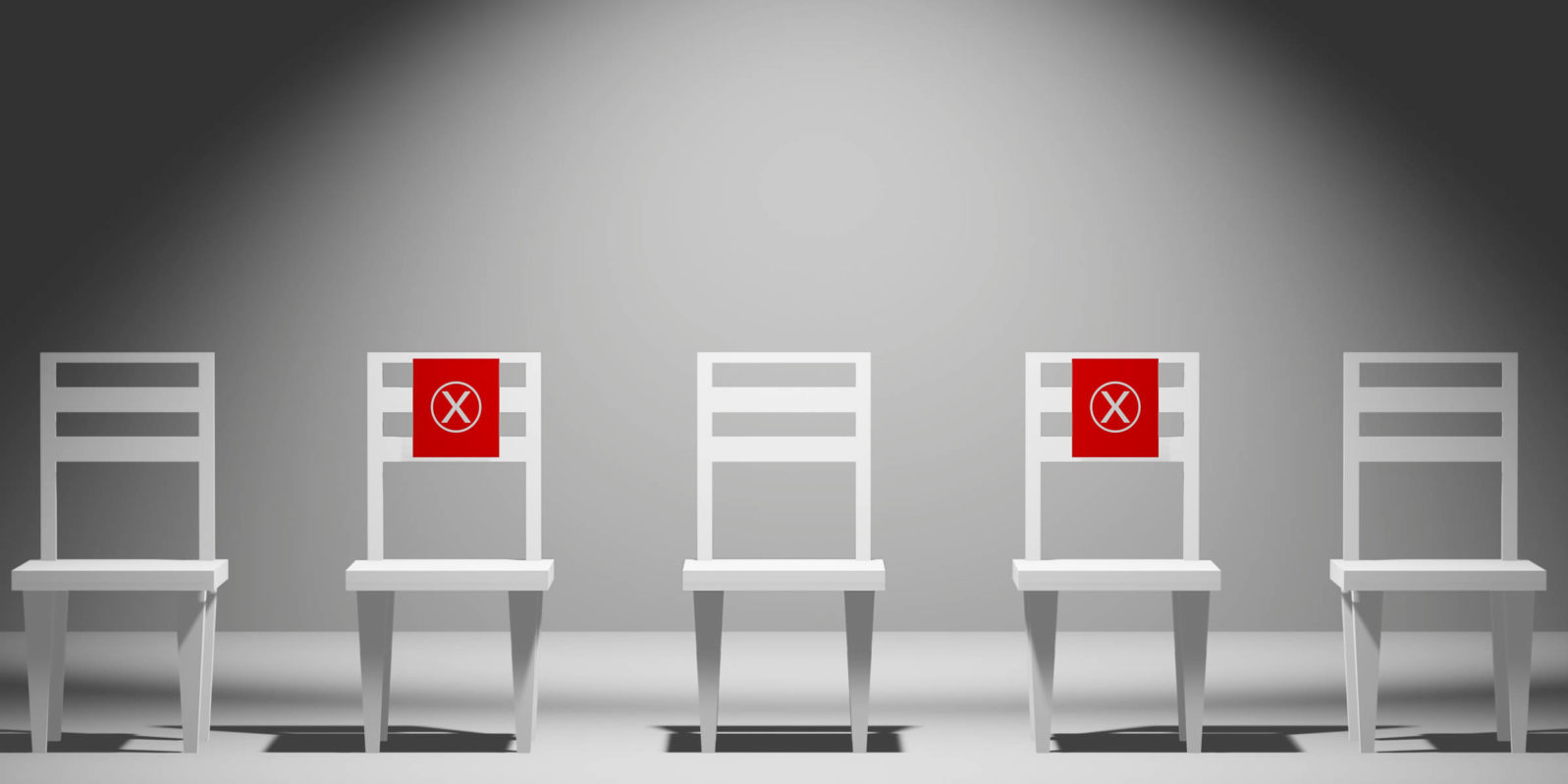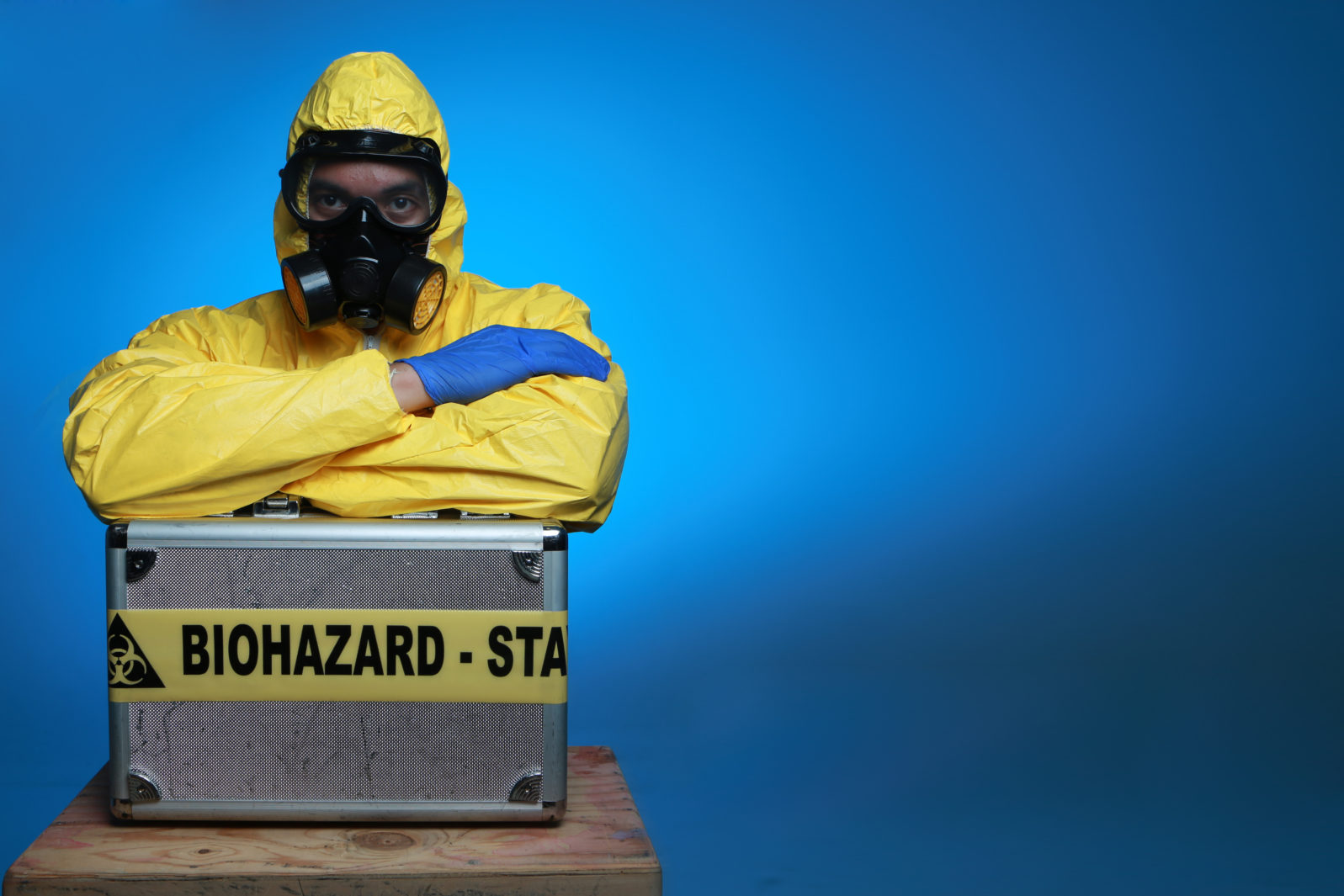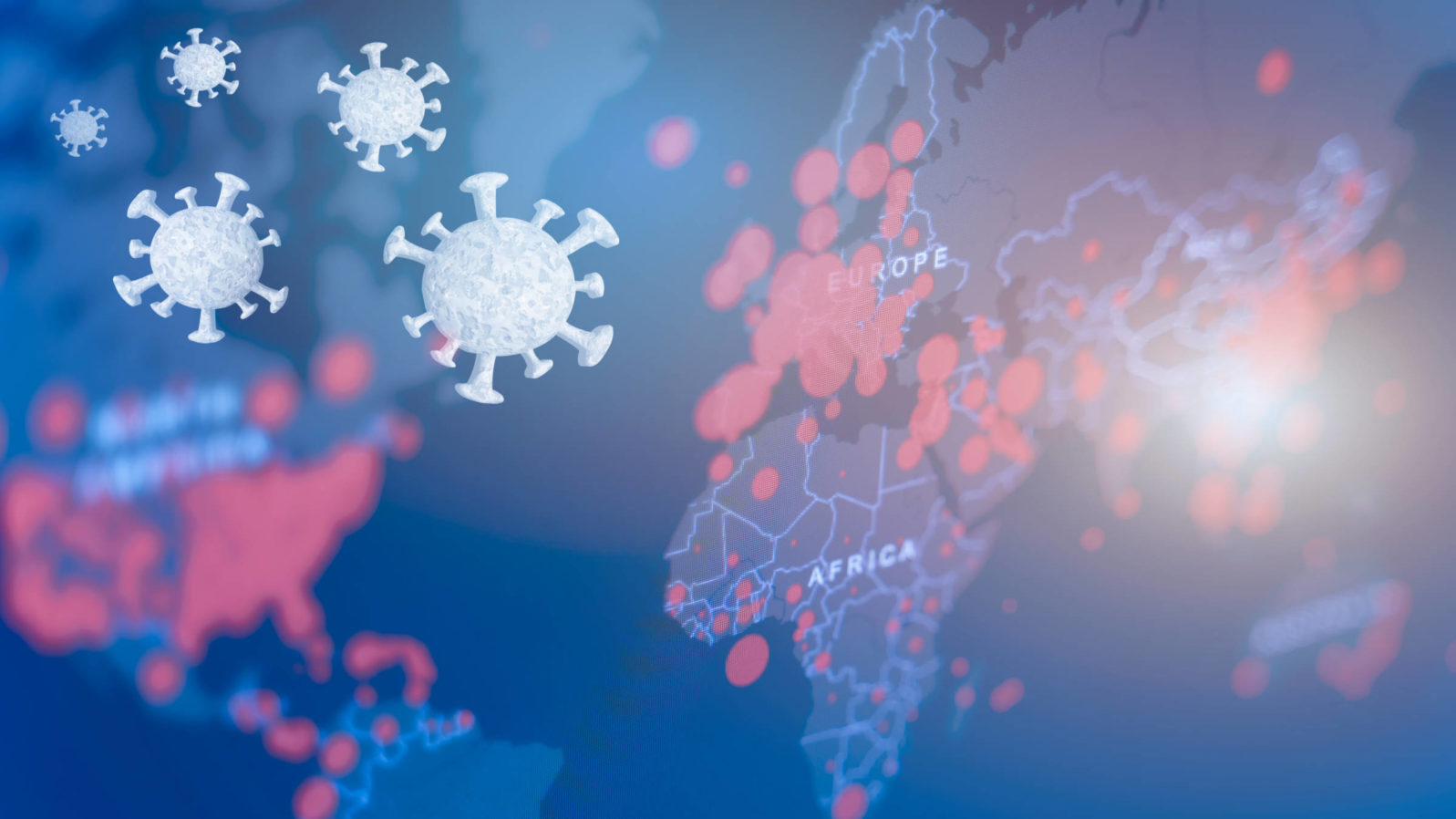Lab Leak Theory: A Biohazard Was First Noted in 2019
The dispatches indicate a “grave and complex situation” prompting an emergency visit from the director of the Chinese Academy of SciencesA US Senate interim report has recently concluded that that “the Covid-19 pandemic was, more likely than not, the result of a research-related incident.” The 35-page report, prepared by the minority oversight staff of the of the Senate Committee on Health, Education, Labor, and Pensions (HELP), used publicly available documentation to justify the findings. However, it did not include the 236-page report submitted by language expert Toy Reid, who analyzed Chinese Communist Party dispatches between scientists at the Wuhan Institute of Virology (WIV) and their supervisors in Beijing.

Katherine Eban of Vanity Fair and Jeff Kao of ProPublica were given advanced access to the Senate researchers’ documents and spent months conducting their own investigation. They interviewed Reid, talked with members of the Senate committee, and verified the committee’s analyses with outside experts. They also used emails, obtained in July of last year, between scientists affiliated with the WIV and the NIH that were obtained by Judicial Watch in a FOIA lawsuit over the period of January 1, 2013 through April 22, 2020, the date that the request was filed and was received by NIAID.
What followed was the latest article in Katherine Eban’s series on COVID-19, In June 2021, Eban wrote on the lab leak theory and why the topic was taboo among scientists and journalists. Then in March 2022, Eban wrote an exposé on EcoHealth Alliance and its founder, Peter Daszak, addressing his ties to the Wuhan Institute of Virology and the NIH.
This latest installment pieces together a narrative that shows that the WIV was under intense pressure from the political authorities to get results, even though its biosafety laboratory had neither the equipment nor the expertise needed to conduct high risk research with a SARS pathogen.
The WIV Biosafety Lab Was Struggling with How to Disinfect Stainless Steel
The BSL-4 laboratory at the Wuhan Institute of Virology was constructed in partnership with French experts and completed in 2015. The lab was approved for high-risk pathogen research, or research with potentially pandemic pathogens, in 2018. After a biosafety laboratory is approved for full-scale research, the lab still requires regular maintenance and upkeep by a team that can both decontaminate equipment and recognize any potential weak points in the system.
The emails obtained from the FIOA suit show that in 2016, Yuan Zhiming, director of the BSL-4 laboratory at the WIV, had written to Jens Kuhn at the NIH asking about the best ways to disinfect airtight equipment and surfaces, and purify the ambient air (See page 5.) One issue was that the new lab was built with stainless steel walls. Stainless steel is prone to corrosion, which risks compromising the integrity of airtight seals, among other things.
Usually, the best way to clean stainless steel is with soap and water or a gentle powder cleaner. Cleaning staff can’t use bleach or any chloride-based cleaner on stainless steel, even if it’s diluted with water because it ends up removing the protective oxide layer from the surface. Ammonia-based cleaners can also damage stainless steel over time, and most industrial-based cleaners or common cleaning products are either chloride-based or ammonia-based.
However, because biosafety laboratories deal with pathogens, they require strong disinfectants that are used frequently. Certainly, a stainless steel laboratory would need special cleaning procedures and expensive cleaning products.

In 2019 Yuan noted in a review article on the future of biosafety laboratories in China that there was a lack of national coordination on biosafety materials and regulations as well as uncertainty regarding financial support for laboratory construction, operation, and maintenance. He notes that “[t]hese bottlenecks hamper the capacity of well-established laboratories to quickly respond to public health emergencies.” Later in the article, he also says that maintenance costs tend to be neglected in Chinese biosafety laboratories, and some BSL-3 laboratories run on no operational costs.
Larry Kerr, a virologist who retired as the director of the U.S. Health and Human Services’ Office of Pandemics and Emerging Threats and expert advisor to the report told Vanity Fair/ProPublica:
My gut feeling is that the WIV was not ready to go hot when they turned everything on [at the BSL-4] and started doing experiments in early 2018… Even the WIV’s people are saying, ‘We don’t have the resources and capabilities to keep this up and running.’ It’s like, holy crap, if you are working in a lab like that, I don’t understand why people don’t shut it down.”
Katherine Eban, Vanity Fair, and Jeff Kao, ProPublica, “COVID-19 Origins: Investigating a “Complex and Grave Situation” Inside a Wuhan Lab” at ProPublica (October 28, 2022)
The dispatches Reid analyzed indicate that something happened in November 2019 that was a “grave and complex situation” prompting an emergency visit from the director of the Chinese Academy of Sciences.
What Happened in 2019? Patent Applications May Help Fill in the Story
Some have questioned Reid’s translation of the dispatches and, as of this writing, Vanity Fair and ProPublica are double-checking his translations with Chinese language experts. Notably, Reid has made clear that he is deciphering “Party speak” which is opaque for even native Chinese speakers. Once Vanity Fair and ProPublica comes out with a statement, we’ll add it here.
In the meantime, patents have offered additional clues to the problems at the WIV’s biosafety laboratory.
Eban and Kao report that on December 11, 2019, WIV researchers submitted a patent application in China for a device to filter and contain hazardous gases inside a biological chamber, like the ones used to transport infected animals. The patent mentions the way that defective air hoses on animal carriers can lead to “multi-stage risks when airborne pathogens are involved” and the need for a corrosion-resistant frame. In November 2020, the WIV applied for another patent, this time for a new disinfectant that would reduce corrosion, especially of stainless steel. The article quotes the patent application, translated into English:
Long-term use will lead to corrosion of metal components such as stainless steel, thereby reducing the protection of…facilities and equipment. It can not only shorten its service life and cause economic losses, but also lead to the escape of highly pathogenic microorganisms into the external environment of the laboratory, resulting in loss of life and property and serious social problems.
Katherine Eban and Jeff Kao, “COVID-19 Origins: Investigating a “Complex and Grave Situation” Inside a Wuhan Lab” at Vanity Fair (October 28, 2022)
If reports are accurate, there were other troubling practices at the biosafety laboratory, such as long work hours in a pressure suit. The dispatches indicated that some researchers were in the pressure suit for four to six hours without a break. Usually, two hours is the maximum amount of time that a research worker should be in a suit.

A colleague of mine, who has worked in an infectious disease laboratory, told me the pressure suits are very uncomfortable because the wearer, despite getting hot, cannot drink anything, eat, or use the restroom. She also reports that all lab jobs take twice as long when the worker is wearing a pressure suit. Spending more than two hours in a pressure suit would undoubtedly prove distracting and tiring, and — anyone who has worked in a lab will tell you — when you are tired, you can make mistakes.
Eban and Kao’s article, if the translations and interpretations prove true, provide a coherent picture of one path for the Covid-19 outbreak in Wuhan in 2019. However, not everyone is convinced. Some people contend that zoonic origin, or transmission from animal to human, cannot be ruled out.
There is historical precedent for their view. Pandemics have, historically, occurred by transmission from animal-to-human, including the original SARS-Cov pandemic in 2003. Other analysts have concluded that the circumstantial evidence for a lab accident, taken together, seems to form picture of scientists who were pressured to produce in the name of political goals in a setting that was ill-suited for the kinds of experiments that were being done.
The Problem with Reconstructing a Past Event in an Authoritarian Country
There should not be anything particularly partisan about investigating the two possibilities of the origins of the pandemic. Either SARS-CoV-2 came from an animal and was transmitted to humans, as has been the case in the majority infectious diseases that have caused pandemics, or a laboratory accident occurred leading to accidental transmission and an outbreak. Lab leaks also have historical precedent, including two cases in 2004 in a Beijing lab studying SARS-CoV, and lab leaks have occurred in U.S. labs.
What gets lost in the political rhetoric, however, is the larger problem: The outbreak was not contained when it could have been. The local government in Hubei did not report an outbreak when it should have. And then, when it did, the authorities in Beijing did not report the outbreak to the global public health community, violating the country’s obligation as a World Health Organization (WHO) member state.

Then, Chinese authorities did not permit a global investigation of the Huanan Market or of the WIV. If an outbreak had happened in any other part of the world where a BSL-3/4 laboratory was located, external experts would investigate as a matter of due diligence. Ideally, external experts would have scoured the Huanan Market before it was disinfected and cleared out, and they could then have talked to the WIV managers, maybe checked to make sure that all the complex parts of the lab were functioning and that there were no leaks or mishaps.
Instead, blame shifting and cover-ups in hopes of “sweeping the problem under the rug” coupled with a propaganda campaign led to numerous deaths in Wuhan, and an outbreak that turned into a global pandemic.
Xi Jinping has touted China’s authoritarian government as better able to handle a public health emergency, but it is that very authoritarian system that incentivized secrecy and cover-ups during the early days of the pandemic.
You may also wish to read:
Covid-19 lab leak theory upgraded from conspiracy to plausible.
Many scientists were discouraged from openly discussing the possibility of a lab leak, which hindered serious investigation. Ironically, with COVID-19, the same groups that decry the spread of misinformation conspiracy theories, judged by their own standards, have been found wanting. (Heather Zeiger)
and
Lab leak theory vindicated: What that means for fighting COVID-19. What was the U.S. government’s role in downplaying the lab leak theory? Several articles have been published showing why a lab leak is a possible explanation for the origin of SARS-CoV-2, the virus that causes COVID-19. (Heather Zeiger)
